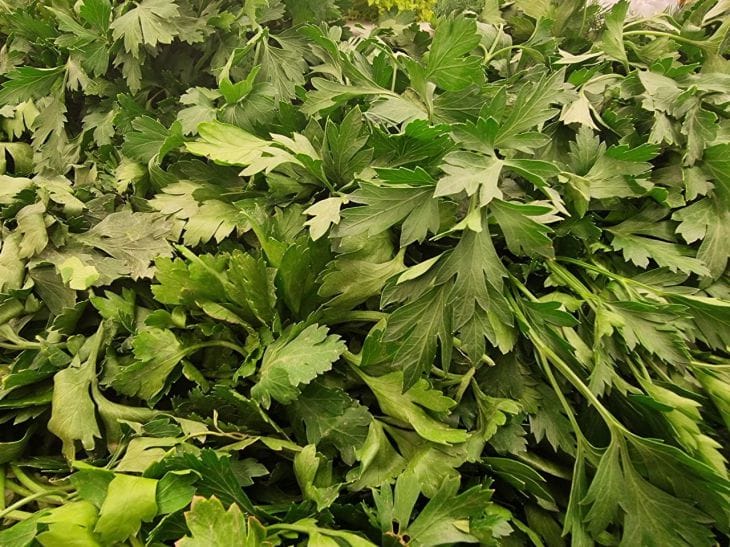How to Grow Parsley That Will Replace Your Pharmacy: Your Neighbors Will Be Jealous
Parsley is more than just a sprig to decorate dishes.
Stanford scientists have discovered that its juice contains apigenin, a substance that blocks the growth of cancer cells.
But to reveal the full potential of greenery, it needs to be grown using a special technology.
Russian organic farming champion Olga Tkacheva shares a secret:
"Parsley loves stress. The worse the conditions, the more essential oils it accumulates."

The Three Tortures Method for a Super Harvest
1. Drought : Water the bed every 5 days, even if the leaves are wilting. This doubles the concentration of antioxidants.
2. Cold : 2 weeks before harvesting, take the seedlings out onto the balcony at +5°C at night.
3. Pruning : Cut off ⅔ of the leaves every 10 days - this will force the plant to recover.
Recipe "Living Vitamins" from the Long-Livers of the Caucasus
In the village of Akhty (Dagestan), where every third resident is over 90, parsley is eaten like bread. Their secret is fermented juice:
- Chop 1 kg of greens, mix with 3 tbsp of sea salt.
- Leave under pressure for 3 days.
- Strain and drink 1 teaspoon per day.
“It’s like a reboot of the immune system,” says 104-year-old Rashid Ibragimov.
Why is pharmacy parsley useless?
A study by Roskontrol showed that store-bought greens contain 4 times fewer vitamins due to hydroponics.
Grow yours in soil with the addition of bone meal - it provides phosphorus for the synthesis of useful substances.
Lifehack for the lazy
Sow parsley in old car tires filled with compost. The rubber warms up in the sun, creating a greenhouse effect.
Feedback from Victor from Novosibirsk:
“I harvest even in October, when it’s already snowing!”
Beware of killer parsley
In 2020, a Muscovite was hospitalized after drinking a liter of parsley juice for "cleansing." Toxicologist Artem Novikov explains: "100 ml per day is a safe dose. Anything higher causes hallucinations due to myristicin."
Important! Do not plant parsley after carrots - they suffer from the same diseases. The best predecessors are cucumbers or zucchini. And remember: the greener the leaf, the more useful it is. Pick them before flowering!
